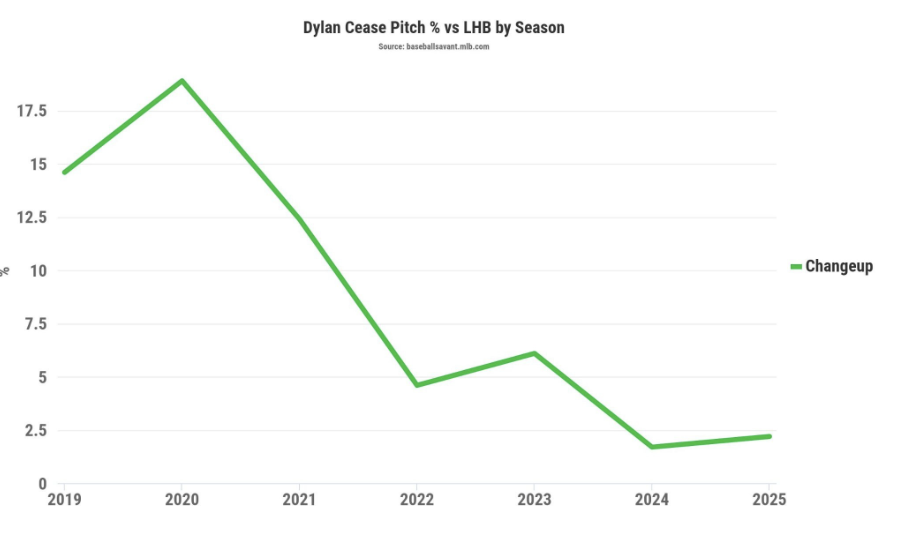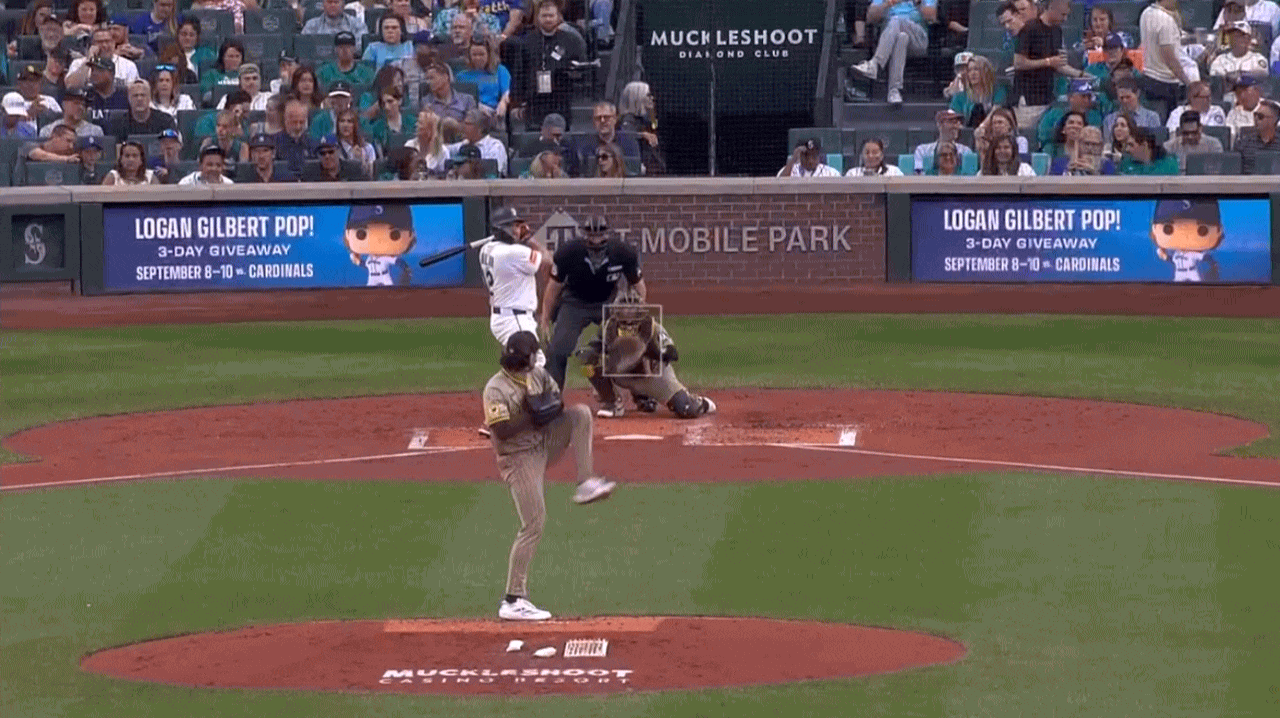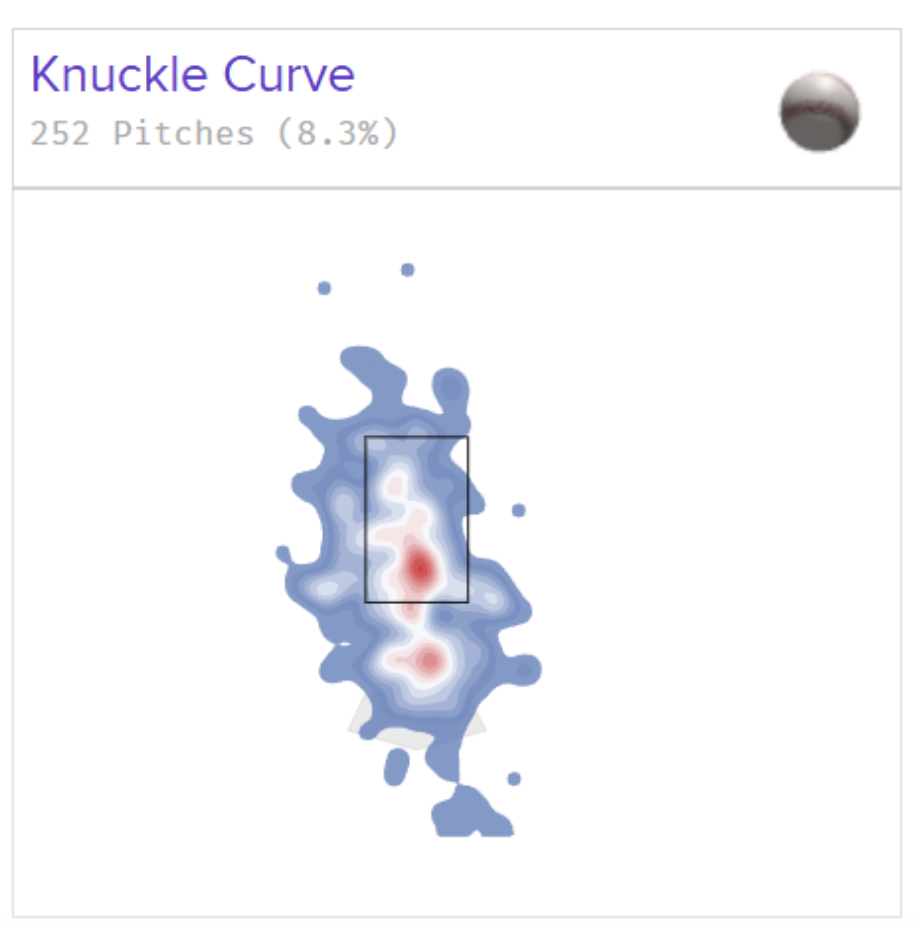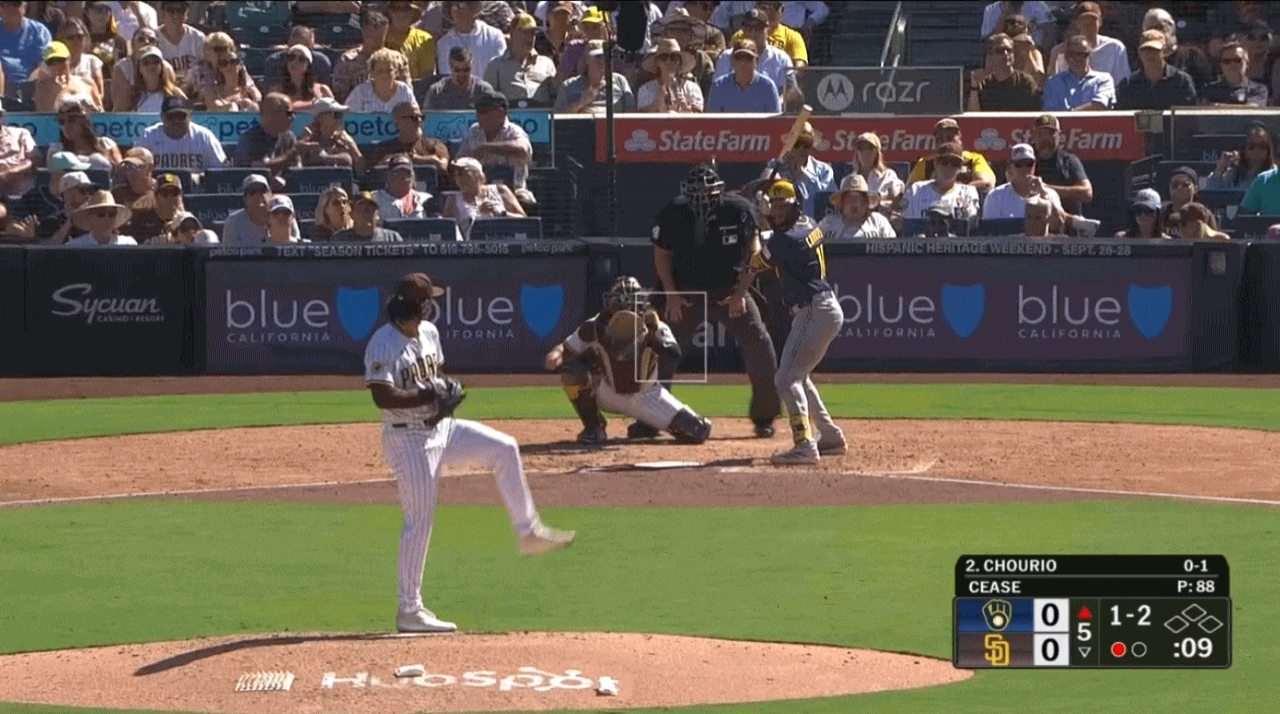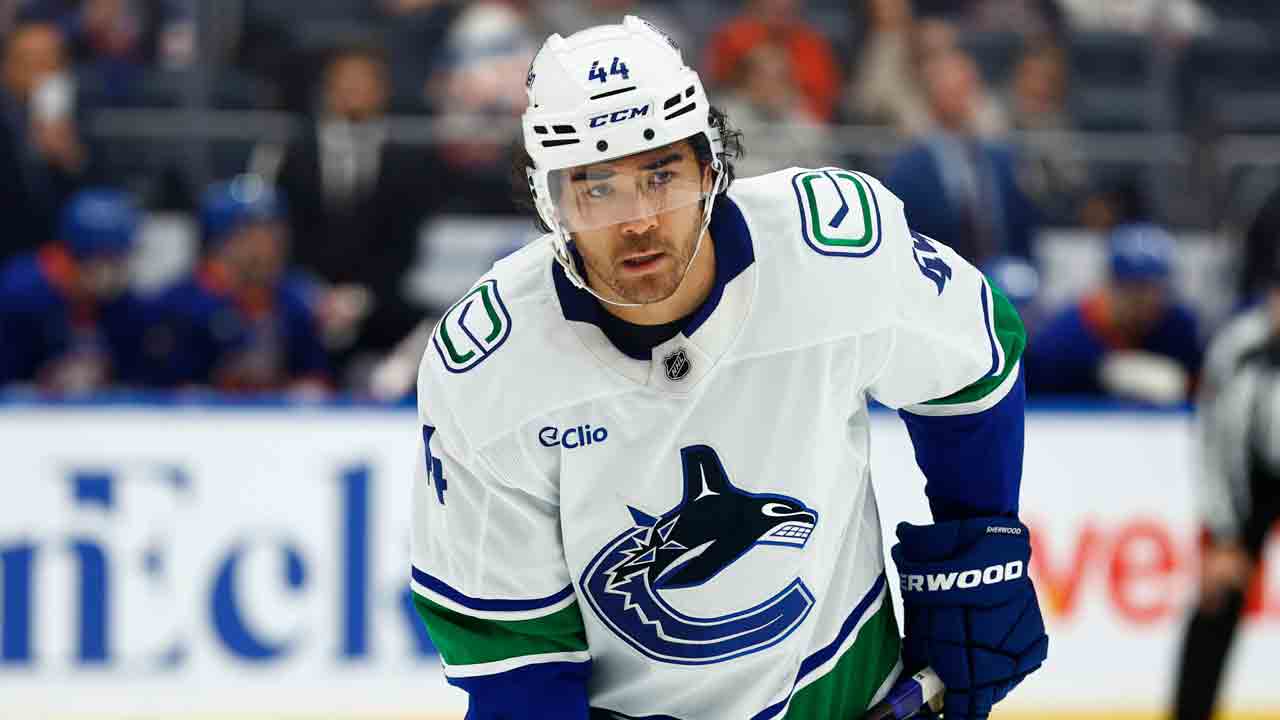
As a 29-year-old who joins the Toronto Blue Jays with more than 1,000 MLB innings under his belt, it’s fair to describe Dylan Cease as a finished product.
The Blue Jays wouldn’t have handed the right-hander the largest free-agent deal in franchise history on potential alone, and Cease’s 20.0 fWAR since 2021 — the fifth-highest among all pitchers — is more than enough proof of concept for his status as a top-of-the-rotation starter.
At the same time, the Blue Jays are paying Cease for his contributions from here on out, not his past accomplishments. The future they’ve invested so heavily in will be affected by how they’re able to work with him to amplify his already impressive talents.
In recent years, the Blue Jays have had notable success getting the most out of high-K, high-BB pitchers with a similar statistical profile to Cease, like Robbie Ray and Yusei Kikuchi. Although there is no one-size-fits-all approach to maximizing player performance, those experiences are instructive. Toronto doesn’t have a fixer-upper on its hands, but it wouldn’t have gone all-in on Cease without a few ideas on what he can do differently in a Blue Jays uniform.
Those ideas could take a variety of forms, from grip and mechanical adjustments to a change of philosophy on aggressiveness in the strike zone. With Cease specifically, one of the most intriguing possibilities is getting the right-hander to broaden his arsenal a bit.
Cease threw six different pitch types in 2025, but he’s known for a fastball-slider combo he’s used at least 80 per cent of the time in each of the past four seasons. Since 2024, no other pitch he’s thrown has a usage rate of even 10 per cent. He hasn’t quite been a two-pitch pitcher in the Kevin Gausman mould, but he hasn’t been far off.
This approach has been indisputably effective overall, but a couple of Cease’s most notable weaknesses look related to his reliance on his top two weapons. His platoon splits are a clear example. In his career, left-handers have hit .239/.325/.406 against him (almost exactly what Nathan Lukes managed in 2025) while righties have slashed .211/.249/.349 — good for the same OPS Andrés Giménez produced in his career-worst offensive season this year.
He isn’t totally ineffective against lefties, but they can have more comfortable at-bats against him, considering his top strikeout breaks toward them instead of running away. In most cases, when a starter throws two pitches the vast majority of the time, their secondary offering is a more vertically oriented pitch, like a splitter (Gausman), curveball (like late-career A.J. Burnett) or changeup without too much arm-side fade (like Marco Estrada), that is platoon-neutral or close to it. Fastball-slider is a combo that invites opposing managers to stack their lineups with lefties.
Cease isn’t the first pitcher to produce at a high level despite some platoon vulnerabilities, and he’s made efforts to mitigate the issues in recent years. In 2024, he toyed with a cutter early in the season until he allowed a home run off it in May. He used it only twice after that and shelved it in 2025.
The veteran starter has also featured a changeup throughout his career, but its movement is vastly below average, and he’s gone to it less and less over the years.
There is a pitch hiding in his repertoire of tertiary pitches that might help shift the paradigm against left-handed hitters — and it could increase his unpredictability overall.
Cease’s knuckle curve is technically his third pitch, but he threw it 8.5 per cent of the time last season, and it might deserve a bump in usage. While the pitch got hit hard in 2025 (.576 SLG), it also generated an excellent whiff rate vs. lefties (39.7 per cent) due to its excellent movement profile.
The right-hander’s hook has induced vertical break that is well above average (+5.7) inches with below-average horizontal break to the glove side (-6.0 inches). The end result is a pitch that falls off the table with relatively pure 12-6 action.
By dropping more than most curveballs and avoiding glove-side run into left-handers, it’s exactly the type of pitch that could help Cease erase them. The small-sample results aren’t impressive, but that seems to be a location issue with too many hangers in the mix right now:
Cease’s curveball isn’t the only one of his lesser-known pitches that might have some latent potential. He introduced a sweeper in 2024 with some unique movement properties.
Specifically, its induced vertical break is most above average (plus-9 inches) than any of the 161 pitchers who threw at least 100 sweepers last year. Although its horizontal movement is slightly below average, it still has more glove-side movement than Cease’s traditional slider, and does a great job of getting away from right-handed hitters.
Cease threw only 106 sweepers last season, but they generated seven strikeouts with opponents slugging just .095 against them — good for a plus-4 run value. This developing offering doesn’t have much utility against lefties, but its growth could make the new Blue Jay even more of a headache for righties.
Featuring it and the curve a little more might also be helpful for another issue Cease faces: a relatively wide time-through-the-order split that has always dogged him — but was especially ugly in 2025.
|
Time Through the Order |
2025 ERA |
Career ERA |
|
First |
3.14 |
3.34 |
|
Second |
4.62 |
3.64 |
|
Third |
7.56 |
5.33 |
Last year’s numbers may be more statistical noise than anything, but the overall pattern is there. Cease is far from the only pitcher who hitters seem to do better against with more at-bats, but his heavy reliance on two pitches could make it easier to adjust to him. Giving hitters a wider array of looks might make it harder for them to feel familiar with his stuff. One of the biggest knocks on Cease is how infrequently he pitches deep into games, and performing better the third time through the order would help with that.
Pitch-mix tweaking is a difficult business, and any suggestion that Cease should throw his curve of sweeper more is a call for him to use his slider/fastball combo less — and riding those two pitches just earned him over $200 million. Over the course of his tenure in Toronto, Cease and the Blue Jays will undoubtedly spend a lot of time looking into what approach will make him the best pitcher he can be.
What the team should be encouraged by is that the process won’t have to start from scratch. Cease already has a couple of intriguing weapons in his back pocket that could help him address some of the issues he’s faced in recent years.


